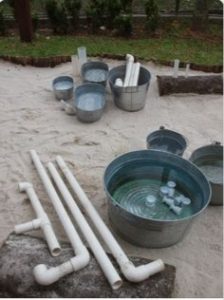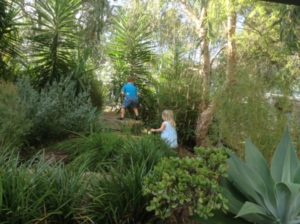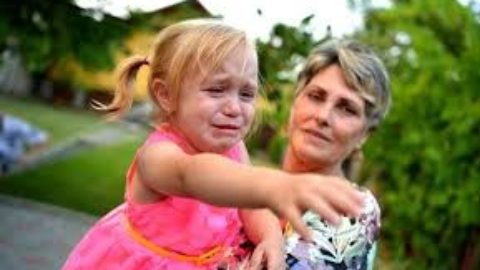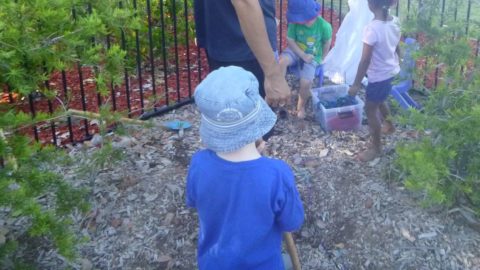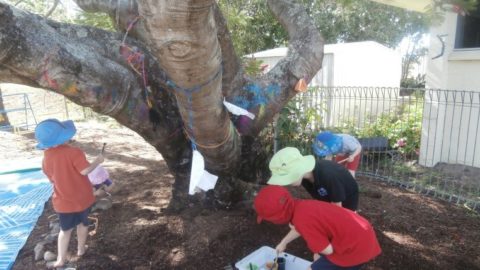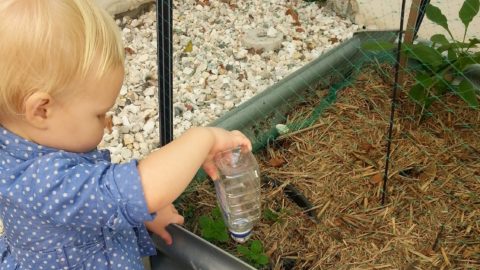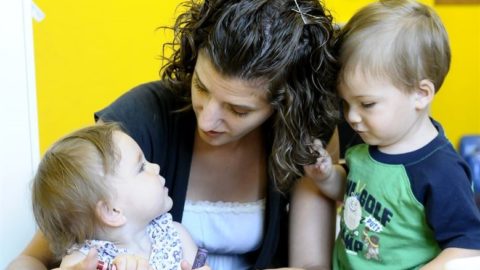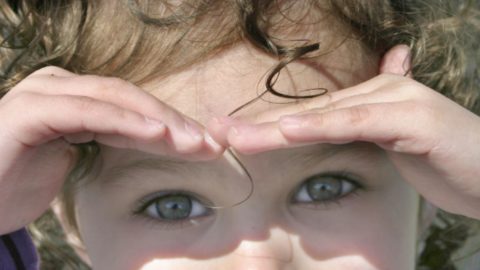Article provided by – Choices FDC – written by Wendy Anderson for their Educational Leader – The Scoop Newsletters
What does the National Quality Standards say: Outdoor environments are characterised by both active and quiet zones that comprise a balance of fixed and movable equipment, open space to engage in physical activities and spaces that promote investigation and respect for and enjoyment of the natural environment.
These spaces are dynamic and flexible and: provide opportunities for unique play and learning , complement and extend the indoor activities and learning experiences, offer children opportunities to be active, messy and noisy and play on a large scale.
Children require an environment that reflects and respects their interests & ideas, provides creative and open-ended experiences, offers opportunities to work alone or alongside others. It’s time to reflect on your environment. Ask yourself does my environment reflect the interest and ideas of the children I have in care?

The learning environment should be child centred, rich in a range of materials in which children can engage.
What does the National Regulations say?
Outdoor spaces must allow children to explore and experience the natural environment. For example, inclusion of natural features such as trees, sand and natural vegetation.
What is the authorised officer looking for?
The natural environment needs to include a variety of natural materials. This may include gardens, sandpits and dirt patches, pebble/gravel pits, edible plants, shady trees, worm farms, compost areas, and water play areas.
You may bring in logs, rocks, hay bales, tree stumps and potted plants to achieve natural environment requirements. There needs to be appropriate access for children to interact with the natural environment.
With the introduction of modern technology (IPad, IPod, Mobile Phones and Play Stations) children are not getting out into nature as much.
Why is it important?
Our children are at risk of Nature Deficit Disorder.
Nature Deficit Disorder is the disconnection between children and nature. Adults are also losing their connection to nature. They are more stressed, overweight and fearful. We need to be as immersed in nature as we are in technology.
Nature suffers when we don’t introduce children to it at a young age. The adult concern for nature comes from participating in it at a young age.
Research says that children have less time for unstructured, creative play in the outdoors than ever before in human history.
There is a real risk children will lose their connection to nature and lose their sense of place and community.
